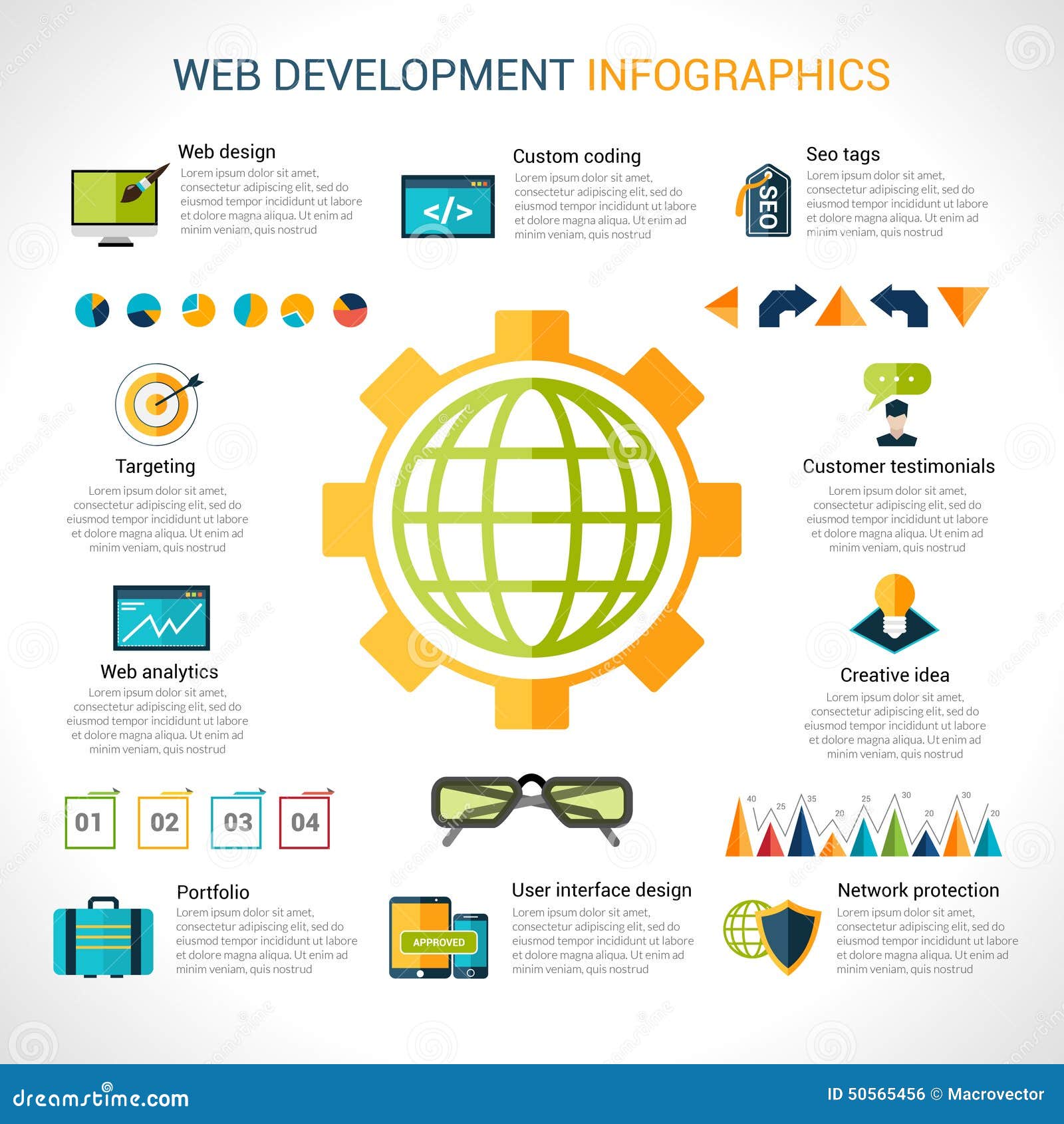Basic Elements Of Website Design: Standards For Developing A User-Centric Website
Basic Elements Of Website Design: Standards For Developing A User-Centric Website
Blog Article
Write-Up Produced By-Le Secher
When it comes to site design, ensuring user-friendliness is vital. From receptive design to structured navigating, every component plays a crucial duty in creating a website that accommodates your target market's requirements. However what about the finer details that can make or break an individual's browsing experience? Stay tuned as we discover some often-overlooked tips that can boost your site's usability to the next degree, making it really stick out in the electronic landscape.
Relevance of Responsive Style
Responsive layout is a critical element of contemporary website development. Guaranteeing your internet site is responsive means that it can adjust to various screen dimensions and devices, supplying a smooth experience for individuals.
With simply click for source boosting use mobile phones and tablet computers to access the net, having a responsive design is important for getting to a wider target market. It assists in boosting individual experience by making your website very easy to browse and keep reading any kind of tool.
Furthermore, receptive layout can favorably influence your search engine rankings, as internet search engine like Google focus on mobile-friendly websites. By having a responsive style, you're likewise future-proofing your site, as new tools with differing screen dimensions remain to emerge.
Simplify Navigation Structure
To boost customer experience and promote simple accessibility to information on your site, enhancing the navigating structure is critical. When making ada aa standards , focus on producing a clear and user-friendly navigating food selection that assists visitors locate what they're seeking quickly.
Limitation the number of food selection items to the basics, grouping associated pages with each other to avoid overwhelming individuals. Use detailed labels that plainly suggest the content of each web page, making it easier for users to comprehend where each web link will take them.
Take into consideration carrying out dropdown menus for subcategories to avoid jumbling the major navigation bar. Furthermore, consist of a search bar prominently on the web page for individuals that prefer looking for details info.
Focus on mobile responsiveness in your navigation style to make sure easy access on all tools.
Optimize Web Page Load Speed
Improving web page load speed is critical for preserving visitors on your web site. Slow-loading web pages irritate individuals and can cause high bounce prices. To maximize web page tons speed, start by optimizing pictures. Compress pictures without endangering high quality to lower their data dimensions.
Furthermore, enable internet browser caching to store often accessed resources locally, accelerating lots times for returning visitors. Minify CSS, JavaScript, and HTML documents by getting rid of unneeded personalities, comments, and format, enhancing lots rate.
Consider making use of a web content shipment network (CDN) to disperse your site's material throughout numerous servers worldwide, lowering latency for individuals accessing your site from various areas. Finally, limit the use of third-party manuscripts and plugins, as they can considerably impact load times.
Verdict
Finally, by incorporating responsive design, streamlining navigation, and optimizing web page load rate, you can develop a straightforward website that interest a bigger target market and enhances customer experience. These essential elements make certain that visitors can quickly accessibility and navigate your site across various devices, bring about raised interaction and contentment. By focusing on these essential facets, you can build an effective site that keeps users returning for even more.
